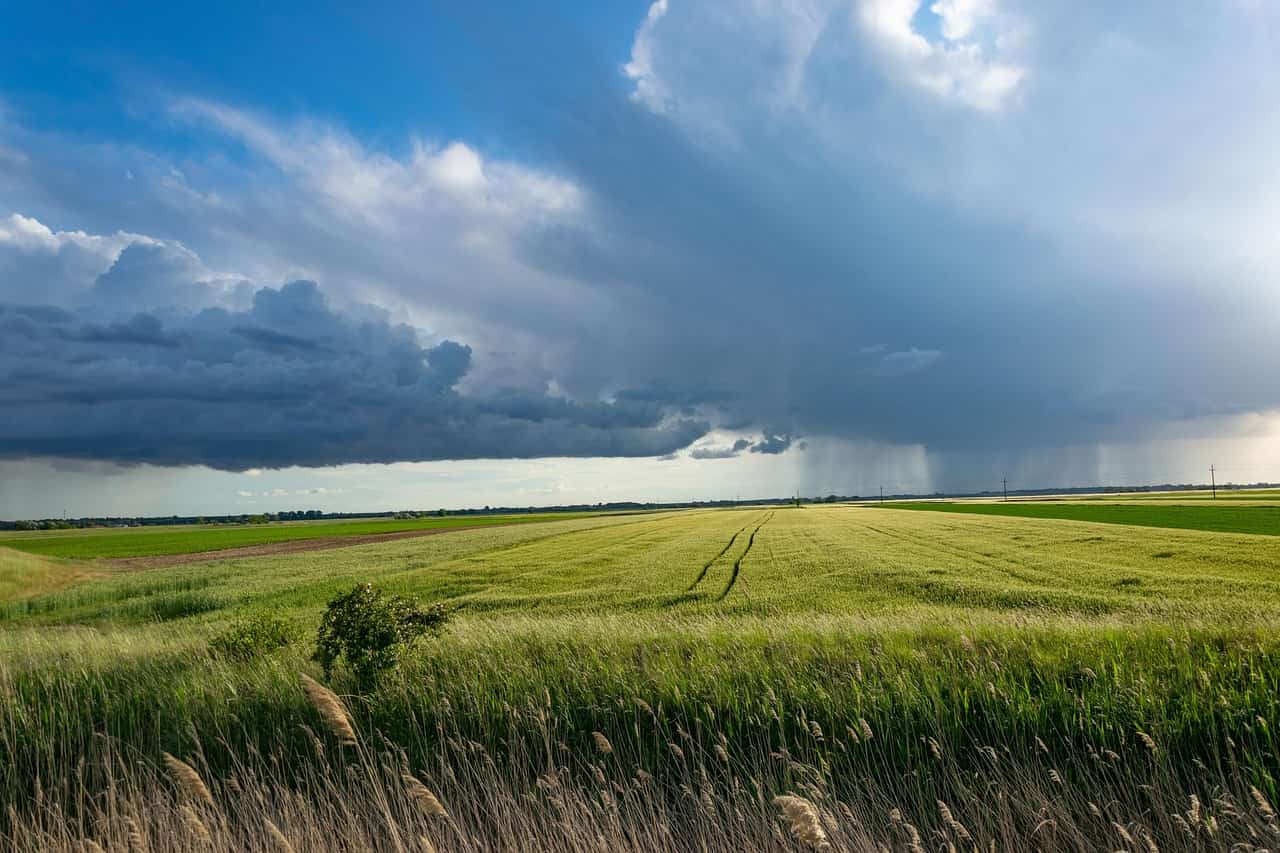When severe weather strikes, trees often bear the brunt of nature’s fury. Storms can leave property owners facing dangerous situations and costly repairs from hurricane tree damage to tornado tree damage.
Understanding how to safely handle storm tree removal and tree damage cleanup is crucial for protecting both people and property.
This comprehensive guide provides homeowners with essential emergency tree care strategies while emphasizing when professional help becomes necessary.
Assess the Extent of the Damage
The first step in any storm recovery tree help process involves conducting a thorough tree damage assessment. Property owners should begin by performing a visual inspection from a safe distance, looking for obvious signs of structural compromise.
Common indicators include twisted limbs, bark stripping, crown breakage, and trees leaning over at dangerous angles.
When inspecting trees after storm conditions, homeowners should create a tree damage checklist that includes examining the trunk for split trunks, checking for root ball exposure, and identifying any branch stub hazards.
Wind-damaged tree repair needs can vary significantly depending on the storm type – ice storm tree damage often presents different challenges than high wind tree fall situations.
It’s important to note the difference between minor tree injury from storm conditions and severe structural damage.
While small broken branches storm incidents might be manageable, situations involving lightning strike, tree damage or heavy snow tree collapse typically require immediate professional attention.
During this assessment phase, property owners should maintain personal safety near fallen trees and avoid approaching any tree on roof emergency situations.
Remove Hanging or Dangerous Branches
Identifying and addressing hazardous tree inspection findings requires careful attention to damaged tree safety protocols.
Hanging limbs pose significant risks, especially when they’re partially attached and could fall unexpectedly. Before attempting any DIY tree care, homeowners must understand the limitations of their capabilities and equipment.
For minor issues involving small broken branches, property owners can safely perform limited tree branch removal using proper hand tools.
However, this work should only be attempted when the damaged limbs are within easy reach and don’t require climbing or working near power lines.
The key to safe limb removal lies in understanding basic pruning techniques and having the right equipment.
When dealing with fallen limb removal, it’s essential to work systematically and avoid rushing the process. Each cut should be planned carefully to prevent further damage to the tree or injury to the person performing the work.
Property owners should never attempt to remove storm-damaged limbs that are in contact with electrical lines or those requiring chainsaw work above shoulder height.
Properly Prune Damaged Limbs
Post-storm pruning requires more than simply cutting away broken wood. Proper pruning for recovery involves making clean cuts that promote healing and prevent disease.
When trimming trees after storm damage, the goal is to remove damaged tissue while preserving as much healthy wood as possible.
The tree healing process depends largely on the quality of pruning cuts made during cleanup efforts. Poor cuts can lead to tree disease after storm recovery, while properly executed cuts help trees recover more quickly.
Professional pruning techniques involve cutting just outside the branch collar to allow natural healing mechanisms to work effectively.
For homeowners comfortable with trimming trees themselves, focus on removing obviously damaged wood using clean, sharp tools.
However, extensive crown repair work or situations involving major structural damage should be left to certified arborist services.
The goal during emergency tree felling situations is to make the tree safe while preserving its long-term health whenever possible.
Evaluate the Stability of the Tree
Determining whether a storm-damaged tree can recover or requires complete removal involves assessing multiple factors. Tree risk assessment goes beyond visible damage to include evaluating the root system, trunk integrity, and overall structural soundness.
Signs of dangerous trees include significant root system compromise, major trunk damage, or when more than 50% of the crown has been lost.
When conducting tree evaluation report processes, property owners should look for waterlogged roots conditions that might indicate underground damage.
Trees in saturated soil root situations may appear stable but could topple unexpectedly as soil conditions change. Understanding tree biology in storms helps explain why some trees survive while others fail completely.
Staking leaning trees might provide temporary support, but this approach only works when the root system remains largely intact.
If a tree is severely compromised, supporting injured tree efforts may only delay the inevitable while creating ongoing safety hazards.
Professional arborist consultation can provide expert tree risk analysis to determine the best course of action.
Clear Small Debris Safely
Storm debris removal extends beyond major tree damage to include countless smaller pieces scattered across properties.
Fallen tree danger often comes not just from large trunks but from the accumulation of branches, twigs, and other organic material that can create hazards or harbor pests.
When engaging in storm brush clearing activities, property owners should work systematically to avoid missing potentially dangerous items. Sharp branch ends, hidden obstacles, and unstable piles of debris can all cause injuries.
The key to safe clearing trees after hurricane conditions involves taking time to properly assess each area before beginning cleanup work.
Tree debris disposal requires planning, especially in areas where municipal storm cleanup services may be overwhelmed.
Many communities offer wood chipping storm debris services, while others may require property owners to arrange their own tree disposal service.
Understanding local regulations and available resources helps streamline the cleanup process.
Consider Professional Services if Necessary
Knowing when to call a tree expert represents one of the most important decisions property owners face after storm damage.
While minor cleanup tasks may be manageable for experienced homeowners, situations involving emergency tree removal service require professional expertise and equipment.
Hiring a tree removal company becomes essential when dealing with large trees, complex damage patterns, or hazardous situations.
Professional storm cleanup professionals have the training, insurance, and equipment necessary to handle dangerous tree removal safely.
Tree repair specialists can also provide services that go beyond simple removal to include restoration efforts for valuable trees.
Emergency arborist tips often emphasize the importance of working with certified professionals who understand both the immediate safety concerns and long-term tree health implications.
When searching for tree contractor near me services, property owners should verify licensing, insurance coverage, and experience with storm-related tree damage.
Avoid DIY Cleanup for Large Trees
The limitations of DIY tree repair become apparent when dealing with substantial storm damage. While homeowner storm response might include basic cleanup tasks, attempting to handle major tree removal without proper training and equipment creates significant safety risks.
Professional tree surgeons have access to specialized emergency tree work gear, including tree crane service equipment for handling large specimens safely.
The complexity of cutting split trees or managing emergency tree felling situations requires expertise that most property owners don’t possess.
Understanding these limitations doesn’t mean property owners are helpless in storm recovery situations.
Rather, it emphasizes the importance of focusing efforts on tasks within their capabilities while leaving dangerous work to qualified professionals.
This approach protects both personal safety and property values while ensuring cleanup work is completed effectively.
Protect and Nurture the Remaining Trees
Tree recovery guide principles emphasize that surviving trees often need special care to overcome storm stress.
Post-storm tree care tips include providing proper nutrition, monitoring for signs of decline, and protecting trees from additional stressors during the recovery period.
Restoring tree health after significant storm damage may require fertilizing damaged trees with appropriate nutrients.
However, tree stress signs can indicate when additional fertilization might actually harm rather than help recovery efforts.
The tree healing process varies significantly between species and depends on factors like tree age, overall health before the storm, and the extent of damage sustained.
Bark damage repair often occurs naturally when trees are given proper care and time to recover.
However, property owners can support this process by ensuring adequate water, protecting exposed roots, and avoiding additional damage from foot traffic or equipment.
Understanding how trees heal helps property owners make better decisions about which trees to save and which require removal.
Follow Proper Disposal and Recycling Guidelines
Effective tree debris disposal involves more than simply getting rid of unwanted material. Many communities have specific guidelines for handling organic storm debris, and following these regulations helps ensure efficient municipal storm cleanup operations.
Wood chipping storm debris represents one of the most environmentally friendly disposal options. Chipped material can be used for mulch, composted, or processed for other beneficial uses.
Some areas offer free chipping services for residents, while others may require property owners to arrange their own processing.
When dealing with larger amounts of material, storm tree logging operations might be necessary.
This approach can sometimes offset cleanup costs if the damaged wood has commercial value. However, property owners should research local regulations and market conditions before pursuing this option.
Implement Preventive Measures for Future Storms
Storm preparation for trees represents the most effective approach to minimizing future damage. Trimming trees before storms helps reduce wind resistance and eliminates weak branches that might fail during severe weather.
This proactive approach to tree maintenance safety can significantly reduce the risk of property damage and personal injury.
Understanding wind zone tree management principles helps property owners make better decisions about tree placement and species selection.
Planting wind-resistant trees in storm-prone areas provides long-term benefits while reducing future cleanup requirements.
Best trees for storm-prone areas typically have strong root systems, flexible branches, and growth patterns that resist wind damage.
Regular tree inspections help identify potential problems before they become emergency situations.
Professional arborist storm cleanup services often include preventive recommendations that help properties weather future storms more successfully. This proactive approach to tree care represents a sound investment in property protection and safety.
Document the Damage for Insurance Claims
Insurance for storm tree damage often requires detailed documentation of losses and cleanup efforts.
Property owners should begin collecting photo evidence of damage immediately after storms, capturing images from multiple angles and distances to provide complete records.
Storm damage property claims typically require homeowners to demonstrate both the extent of damage and the steps taken to prevent additional losses.
Tips for storm-damaged trees documentation include photographing damage before any cleanup begins, keeping receipts for professional services, and maintaining detailed records of all storm-related expenses.
Understanding tree damage liability issues helps property owners navigate insurance claims more effectively. Some situations may involve coverage disputes, especially when trees fall across property lines or damage a neighbor’s property.
Working with insurance professionals who understand storm tree hazards helps ensure proper claim handling and fair settlements.
Creating a comprehensive tree damage photo log serves multiple purposes beyond insurance documentation.
These records help track recovery progress, support future preventive planning, and provide valuable information for professional consultations.
Property owners should include dates, locations, and brief descriptions with each photograph to create complete documentation packages.
The aftermath of severe weather events requires careful planning, appropriate safety precautions, and a realistic assessment of personal capabilities versus professional requirements.
By following these essential tips for emergency storm-damaged tree cleanup, property owners can protect their safety while working toward effective property restoration.
Remember that successful storm recovery often requires combining personal efforts with professional expertise to achieve the best possible outcomes.

